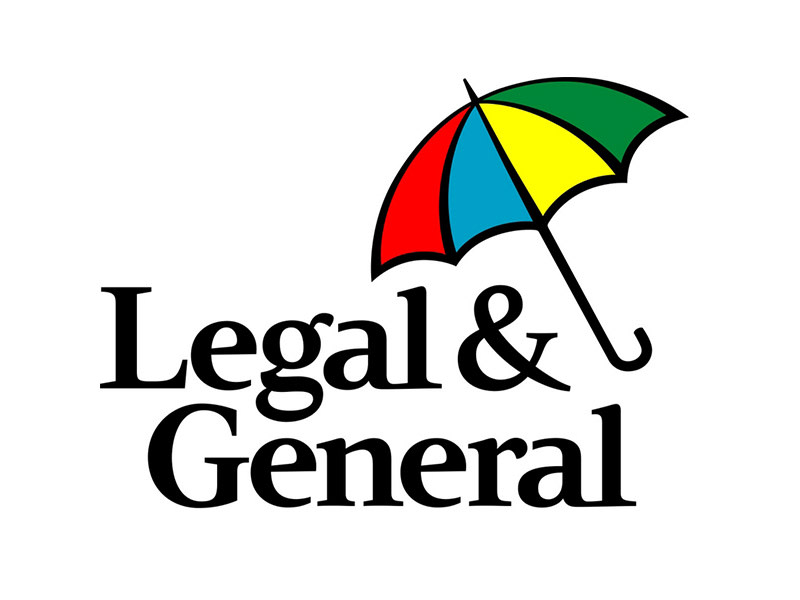Legal & General is one of the UK’s leading providers of responsible passive funds
We think this fund offers an attractive blend of responsible and passive investing across global markets
It could be a good addition to a broader responsible investment portfolio
This fund is on the Wealth Shortlist of funds chosen by our analysts for their long-term performance potential
How it fits in a portfolio
The Legal & General Future World ESG Developed Index fund is a good option for broad exposure to developed stock markets all over the world, while being mindful of environmental, social and governance (ESG) issues.
An index tracker fund is one of the simplest ways to invest, and we think this fund could be a great low-cost starting point for a portfolio aiming to deliver long-term growth in a responsible way. It could help diversity a portfolio that is heavily invested in areas such as the UK or Asia and add a responsible tilt. It could also be a good addition to a portfolio of other tracker funds.
Manager
Legal & General are one of the largest providers of index tracker funds in the UK and have offered index funds to investors for over 30 years. They have one of the best resourced and experienced teams in tracker fund management. This enables them to track indices as tightly as possible and keep costs low for investors.
Each equity index fund at Legal & General has a primary and secondary manager, although in practice it is very much a team-based approach. The primary manager for this fund is Tom Hammond who has been on the index team for nearly two decades. Hammond joined Legal & General in 2000 and worked his way up to become a fund manager. The secondary manager for this fund is Tasos Kontos. He manages a number of international equity index funds that focus on alternative methods of investing. Prior to joining Legal & General in 2010, Kontos spent more than five years as the Head of Index Design at the FTSE Group.
Process
This fund aims to track the performance of the Solactive L&G Enhanced ESG Developed Markets Index. The team would preferably invest in every company in the index and in the same proportion. However, this is not always possible because it's difficult to buy and sell the smallest companies quickly or at low cost, which could ultimately impact performance. This is known as partial replication and helps to closely match the performance of the index.
The fund is made up of over 1,400 companies with two thirds invested in the US and the rest in other developed countries such as Japan, the UK, Canada and Switzerland. While the fund is diversified across many sectors, nearly 30% of the portfolio is invested in technology companies. The fund predominately invests in larger companies but also invests in some smaller companies in line with the benchmark. These can be subject to more extreme price movements, which can increase risk.
The fund won't invest in persistent violators of the UN Global Compact Principles (a UN pact on human rights, labour, the environment and anti-corruption) or companies involved in tobacco and controversial weapons. The fund’s exclusions include companies that earn more than 20% of their revenues from the mining and extraction of thermal coal, as well as companies that derive more than 20% of their revenues from thermal coal power generation and oil sands.
The index increases investments in companies that score well on a variety of ESG criteria – from the level of carbon emissions generated, to the number of women on the board and the quality of disclosure on executive pay. It also reduces exposure to companies that score poorly on these measures.
The advantage of reducing investments in poorly-scoring companies, rather than selling their shares completely, is that the Legal & General team can engage to help them improve. An increased investment in exchange for improvement on various factors is also a good incentive, so investors' money could make a positive difference.
The fund also adopts a decarbonisation pathway. This means it aims to reduce emissions by 50% relative to the unadjusted benchmark and thereafter achieve at least a 7% reduction in carbon emissions per year until 2050. The goal is to align the fund with the Paris Agreement, which aims to limit the temperature rise caused by global emissions to 1.5°C above pre-industrial times. We think this is a positive step overall, but it increases the fund’s complexity.
Culture
Legal & General has continued to develop their passive fund range over the last 30 years. It has just over £470bn invested in this part of the business, allowing it to offer a wide range of index-tracking options.
It’s built a team of experienced passive fund specialists and they’re innovative too. If an index doesn’t exist for a sector they’d like to track, they’ll often work with index providers, like Solactive in the case of the Future World ESG Developed Index, to create a suitable index for them to track.
The team running this fund work closely with various risk departments across the business. We believe this provides support and adds challenge where appropriate.
Employees are also encouraged to participate in Legal & General’s share save scheme which should encourage them to be more engaged with the growth of the company. In addition, a portion of portfolio managers’ bonuses are invested into the funds they manage. By doing this, their interests are further aligned with the investors in the fund.
ESG Integration
Legal & General Investment Management (LGIM) is predominantly a passive investor, but we are impressed with the extent to which they have woven ESG into their culture. Being a primarily passive fund house hasn’t stopped them being innovative when it comes to ESG. In May 2019, the firm launched its ‘Future World’ range of funds.
The Future World range incorporates LGIM’s ‘Climate Impact Pledge’, which is their commitment to assess and engage with around 1,000 of the world’s largest companies on how well they manage the implications of climate change. Companies that consistently show a lack of awareness of climate change, and do not respond positively to engagement, are sold from the Future World funds.
In 2019, LGIM established its Global Research and Engagement Platform, which brings together representatives from the investment and stewardship teams, in order to unify their engagement efforts. Engagement is conducted in line with the firm’s comprehensive engagement policy. A detailed description of the firm’s engagement and voting activity (including case studies) is available in their annual Active Ownership report.
LGIM’s Stewardship team is responsible for exercising voting rights globally, both for LGIM’s active and index funds. Voting decisions are publicly available through a tool which allows a user to search for any company to find out how LGIM voted.
Cost
The fund has an ongoing annual charge of 0.15%. This is more expensive than some other global market trackers, but we think it's a reasonable price to pay given the additional ESG analysis that takes place. Our platform fee of up to 0.45% per year also applies.
Performance
Since the fund launched in April 2019, it has continued to track its benchmark closely. As is typical of index tracker funds, you would expect the fund to fall behind the index over the long term, because of the costs involved in running the fund. However, this difference has been reduced due to strategies used by the Legal & General team.
Over the last year, the fund has returned 17.00%* compared to the 15.38% gain of the Solactive L&G Enhanced ESG Developed Markets Index. Remember, past performance isn’t a guide to future returns.
If we compared the fund against the broader global stock market, the fund’s exclusion list and tilting mechanism could cause performance to be different. Over the last 12 months the technology sector has performed extremely well, which, given the fund has more invested in this part of the market, has boosted performance. The energy sector has struggled to perform over this time, so the fund’s lower amount invested there has also helped performance.
Global growth was resilient in 2023, with inflation falling faster than expected. The US and Japan grew the most when compared to the year before and their stock markets were amongst the top performing markets across the world. The fund has the highest weightings in these two countries.
The companies known as the ‘Magnificent Seven’ – Google parent Alphabet, Amazon, Apple, Meta (previously Facebook), Microsoft, Nvidia and Tesla – dominated global stock markets over the year. Gains in these giant companies have been driven mainly by the significant developments in Artificial Intelligence (AI). At the end of December, these companies accounted for almost 21% of the fund.
While the fund has a relatively short track record, the team has a longer one managing a range of other tracker funds. Their size, experience and expertise running index tracker funds gives us confidence the fund will track its index tightly and efficiently over the long term, although there are no guarantees.
Annual percentage growth
Jan 19 – Jan 20 | Jan 20 – Jan 21 | Jan 21 – Jan 22 | Jan 22 – Jan 23 | Jan 23 – Jan 24 | |
|---|---|---|---|---|---|
Legal & General Future World ESG Developed Index | N/A**% | 13.23% | 16.47% | -0.97% | 17.00% |
Solactive L&G Enhanced ESG Developed Markets Index | N/A**% | NA**% | 19.57% | -0.64% | 15.38% |
Solactive L&G ESG Developed Markets Index | 20.02% | 12.16% | 19.79% | -0.41% | 14.55% |
The period between 31 January 2020 and 31 January 2021 reflects the performance of the I Class version of the fund. Performance from 31 January 2021 onwards reflects the performance of the C class version of the fund. This is due to when each share class was launched. The benchmark changed from the Solactive L&G ESG Developed Markets Index to the Solactive L&G Enhanced ESG Developed Markets Index on 5 March 2020.
**N/A = performance data for this period is not available due to when the fund or benchmark was launched.


